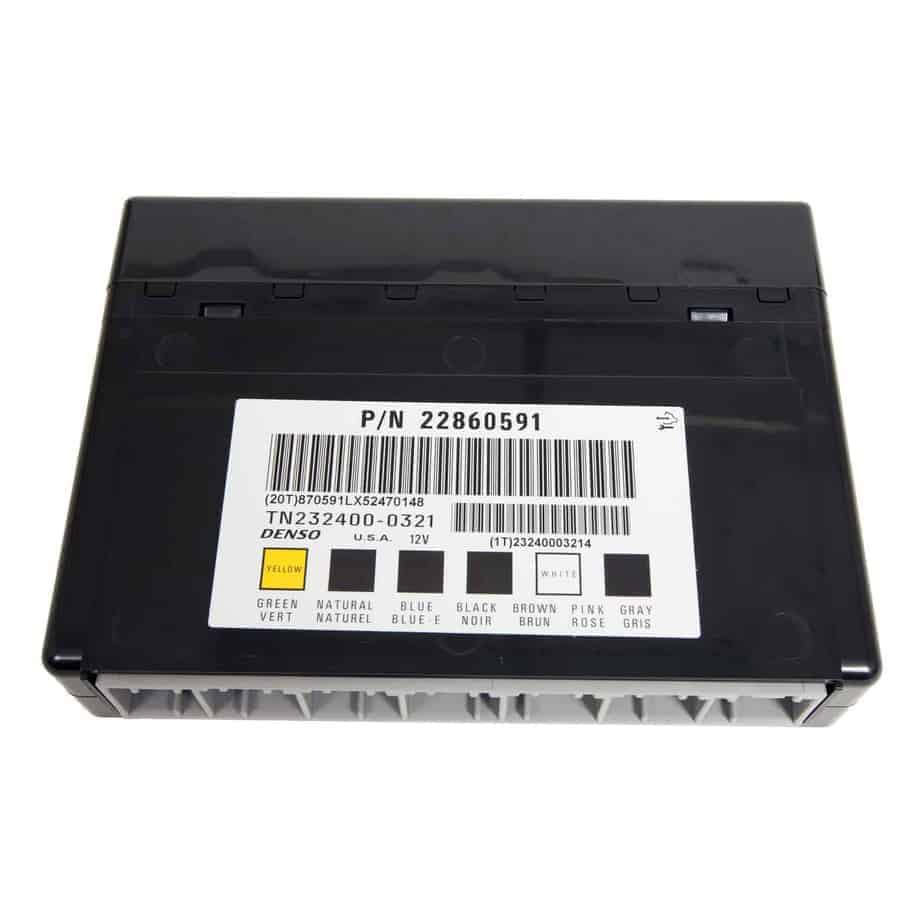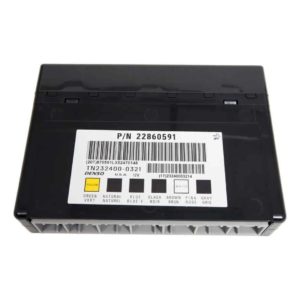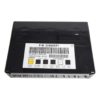Restore Your Traverse’s Electronics with a Plug-and-Play Solution
Are you dealing with baffling electrical gremlins in your 2009-2012 Chevrolet Traverse? Intermittent power windows, flickering dash lights, a security system that acts up, or even a vehicle that refuses to start can all point to a single culprit: a failing Body Control Module (BCM). As the central command center for your vehicle’s comfort and convenience features, a faulty BCM can make driving a frustrating experience. In my 20+ years as a technician, I’ve seen how a bad BCM can mimic a dozen other problems, leading to wasted time and money on incorrect diagnoses.
This is your direct, reliable fix. We offer a genuine-quality Body Control Module that arrives at your door fully programmed to your vehicle’s specific VIN. Simply provide us with your VIN after purchase, and our experts will flash the module with the latest GM factory software. This critical step ensures all your vehicle’s options are recognized and function correctly, eliminating the need for an expensive trip to the dealership for programming. This is the smart, efficient way to get your Traverse back to 100%.
Case Study: A Tricky Diagnosis
A customer brought in their 2011 Traverse last month with a laundry list of complaints: the radio would turn on and off by itself, the driver’s side power window worked only when it wanted to, and the remote key fob was unresponsive. They had already replaced the battery and checked fuses with no luck. A quick scan showed multiple communication loss codes with various modules. This is a classic sign of a failing BCM. Instead of a complex wiring chase, we installed one of our VIN-programmed modules. Within an hour, every single issue was resolved. The customer saved hundreds compared to a dealership repair and drove away with a perfectly functioning vehicle.
Common Signs of a Failing BCM
If your Traverse is exhibiting these symptoms, a failing Body Control Module is the likely cause. Don’t let these issues get worse; a failing BCM can eventually lead to a no-start condition, leaving you stranded.
- ✔ Erratic or non-functional power windows, door locks, or interior lights.
- ✔ Horn honking unexpectedly or not working at all.
- ✔ Security system faults or anti-theft light staying on.
- ✔ False warnings on the instrument cluster (e.g., ‘Service Airbag’).
- ✔ Remote keyless entry (RKE) failure.
- ✔ Communication errors with a diagnostic scan tool.
- ✔ Intermittent no-start or no-crank conditions.
A Straightforward Guide to Installation
Replacing the 2009-2012 Traverse BCM is a manageable job for a confident DIYer. For your specific vehicle, the BCM is typically located on the left-hand (driver’s) side of the dash.
- Safety First: Always disconnect the negative terminal from your vehicle’s battery and wait at least 10 minutes before starting work.
- Locate the BCM: On the Traverse, you’ll usually find the BCM under the driver’s side dashboard, often near the steering column. You may need to remove a lower dash panel for access.
- Disconnect and Remove: Carefully unplug the electrical connectors. They have locking tabs that must be depressed to be released. Avoid pulling on the wires. Once disconnected, unbolt or unclip the old module and remove it.
- Install the New Module: Mount your new, pre-programmed BCM in the same location. Securely reconnect all electrical connectors, ensuring they click into place.
- Post-Installation Procedures: Reconnect the battery terminal. You MUST now perform the required relearn procedures as detailed below. This is not an optional step.
Important: After You Install
To ensure full functionality and safety, a couple of final steps are required after installing your new BCM. These procedures sync the new module with your vehicle’s other critical systems.
- Airbag System Reset: The airbag warning light will likely be on. You must use a compatible professional scan tool to perform the ‘Setup SDM Primary Key in BCM’ procedure. This re-establishes communication between the BCM and the airbag system’s Sensing and Diagnostic Module (SDM).
- Brake Pedal Position Sensor Relearn: Some vehicles require the Brake Pedal Position (BPP) sensor to be recalibrated after BCM replacement. This ensures the brake lights and stability control system function correctly. This is also done with a capable scan tool.
Verified Vehicle Compatibility
This module is a direct replacement for part number 20935349 and a wide range of other GM part numbers. It is guaranteed to fit the following vehicles (please verify your specific options):
This module replaces part numbers: 10382479, 15093910, 15276271, 15299986, 15819552, 15828601, 15837419, 15872388, 15872421, 15880684, 15921352, 15921353, 15948438, 15948439, 20815898, 20839063, 20864767, 20864768, 20921435, 20921436, 20935349, 22860591, 25826124, 25826125, 25847588, 25847589, 25892622, 25910474, 25934762, 25934763, 95151084.
Frequently Asked Questions
Do I need to do any programming myself?
No. We handle all the programming before we ship the part. You just need to provide your vehicle’s 17-digit VIN during checkout or by message. The module will arrive ready for installation and the final relearn procedures.
What tools are required for the post-installation steps?
The airbag (SDM) and brake sensor (BPP) relearn procedures require a professional-grade bidirectional scan tool. Many local repair shops can perform these services for a small fee if you do not have access to one.
Is this a new or used part?
This is a top-quality, inspected, and tested recycled OEM part. Each unit is verified for full functionality before being programmed with the latest software for your specific vehicle, ensuring reliability that matches or exceeds the original.
What happens if I don’t perform the airbag system reset?
The airbag warning light will remain illuminated on your dash, and more importantly, the airbag system may not function correctly in the event of a collision. This is a critical safety step that must not be skipped.
Will this 2009-2012 Traverse BCM fix my no-start problem?
If the no-start is caused by the BCM failing to recognize your key (anti-theft) or failing to energize the proper circuits, then yes, this will resolve the issue. Since it controls the vehicle’s security system, it’s a very common cause for starting problems.


